Sony HiT BiT HB-55 (1984)
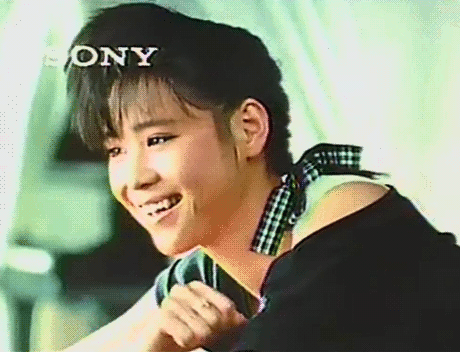
MSX is a standard computer architecture that was developed by Microsoft and ASCII. Despite Microsoft's involvement, MSX was virtually unheard of in the U.S. Though there were a couple of MSX computers released here, they did not do well. However, in some markets they did very well, especially in Japan where 9 million MSX computers were sold.
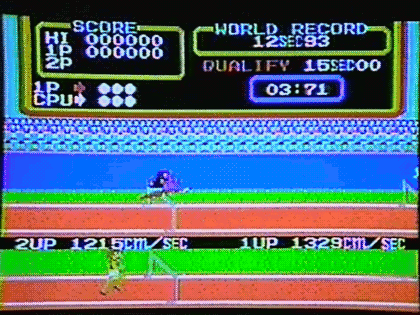
The original MSX standard called for a Zilog Z80A CPU running at 3.58 MHz, at least 8 KB of RAM, a Texas Instruments TMS9918 video display processor, an AY-3-8910 sound chip and two cartridge ports among other features. Cassette and floppy drives were available but at least with the original MSX standard most software came on cartridge or cassette. MSX-DOS was the primary OS and it was similar to CP/M and early versions of MS-DOS.

The first MSX computers were released in 1983 and there were quite a large number of companies that released computers based on the MSX standard including Sony, Yamaha, Canon, Casio, Daewoo, Dragon Data, Fujitsu, GoldStar, Hitachi, JVC, Mitsubishi, Panasonic, Philips, Pioneer, Sanyo, Samsung, Sharp, SpectraVideo, Toshiba, and others. Before the Famicom came along, the MSX was the primary platform for games in Japan. Many popular franchises got their start on the MSX including Bomberman, Metal Gear, Parodius, Aleste and others. Many other franchises saw releases on the MSX platform including Castlevania, Contra, Dragon Quest, Final Fantasy, Gradius, R-Type, Wizardry, Xevious, Ys, and many others.

The MSX standard was enhanced over the years with the MSX2, MSX2+ and MSX TurboR. The newer standards had newer built in software and upgraded sound and video capabilities, larger amounts of standard RAM on average, and other upgrades. Only the TurboR had an upgraded CPU. It had an R800 running at 7.16 MHz but had an embedded Z80 for backwards compatibility. By the time the MSX TurboR came along in 1989, Panasonic was the only manufacturer of MSX computers. They continued to make them up until 1993 when they stopped making them to focus on the 3DO instead.
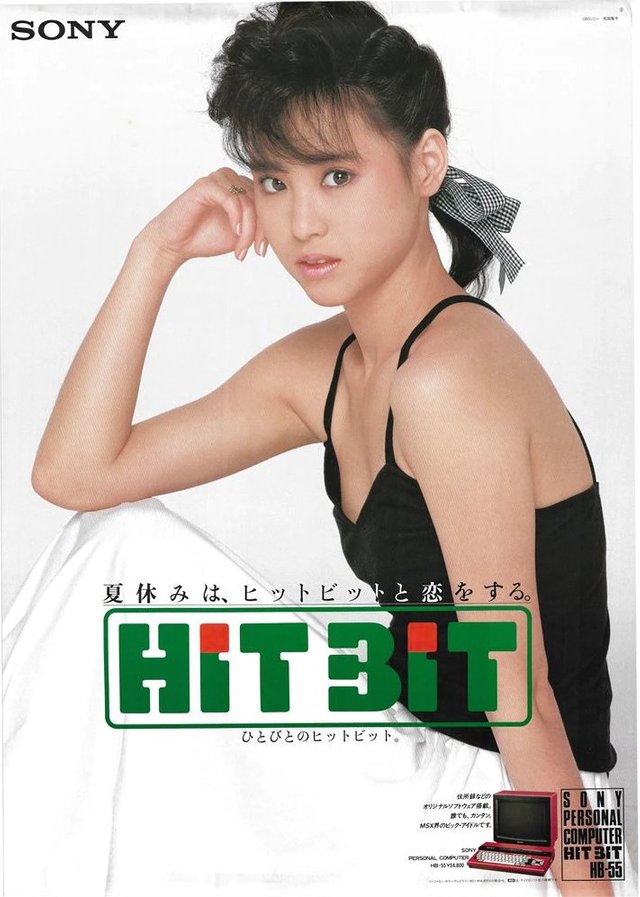
The Sony HiT BiT HB-55 released in 1984 was an early Sony MSX computer and was fairly typical of computers following the MSX standard. It featured 16 KB of RAM, included RF video output, composite video output and mono analog sound output. One unique feature of the HB-55 was a battery backed-up SRAM cartridge that could be used for storing data instead of a cassette or disk. It could store a whopping 4 KB of data. Japan was much better at making their computers seem sexy and futuristic. The fact that J-Pop star Seiko Matsuda was used to advertise the HiT BiT probably helped with that first part for Sony.
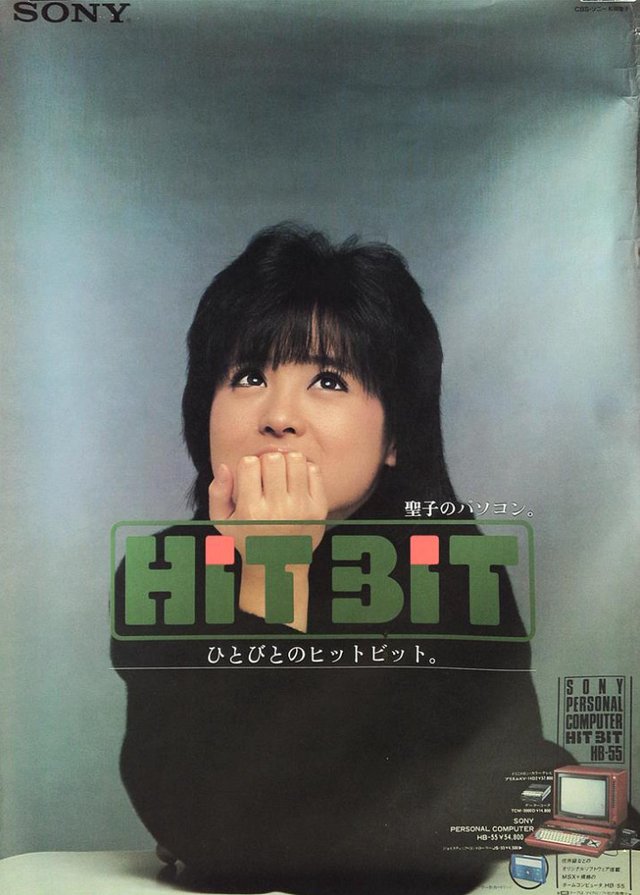
Sony produced a number of other MSX computers over the years and most of them weren't beige. There were black ones, blue ones, grey ones, and of course red which seemed to be a recurring color choice. The last MSX computer Sony produced was the MSX2+ based HB-F1XV which was released in October 1989 though that one only came in black.
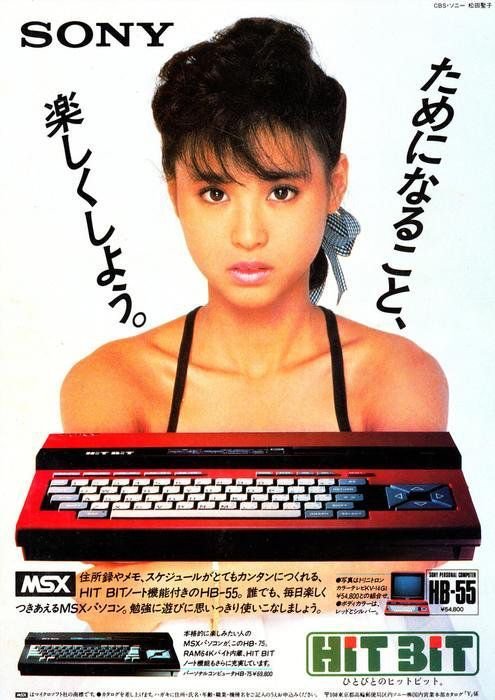
The MSX is a computer I've never had the chance to use personally but it is one that I've always kind of wanted. I would love to have that red HB-55 from Sony along with the matching red Sony monitor. Maybe it's because red is my favorite color...or maybe it's just because of the advertising. Don't get me wrong, I had a Commodore 64 and I wouldn't have traded it for anything at the time but it was about as futuristic looking as a potato.
Upvoted! Thank you for supporting witness @jswit.